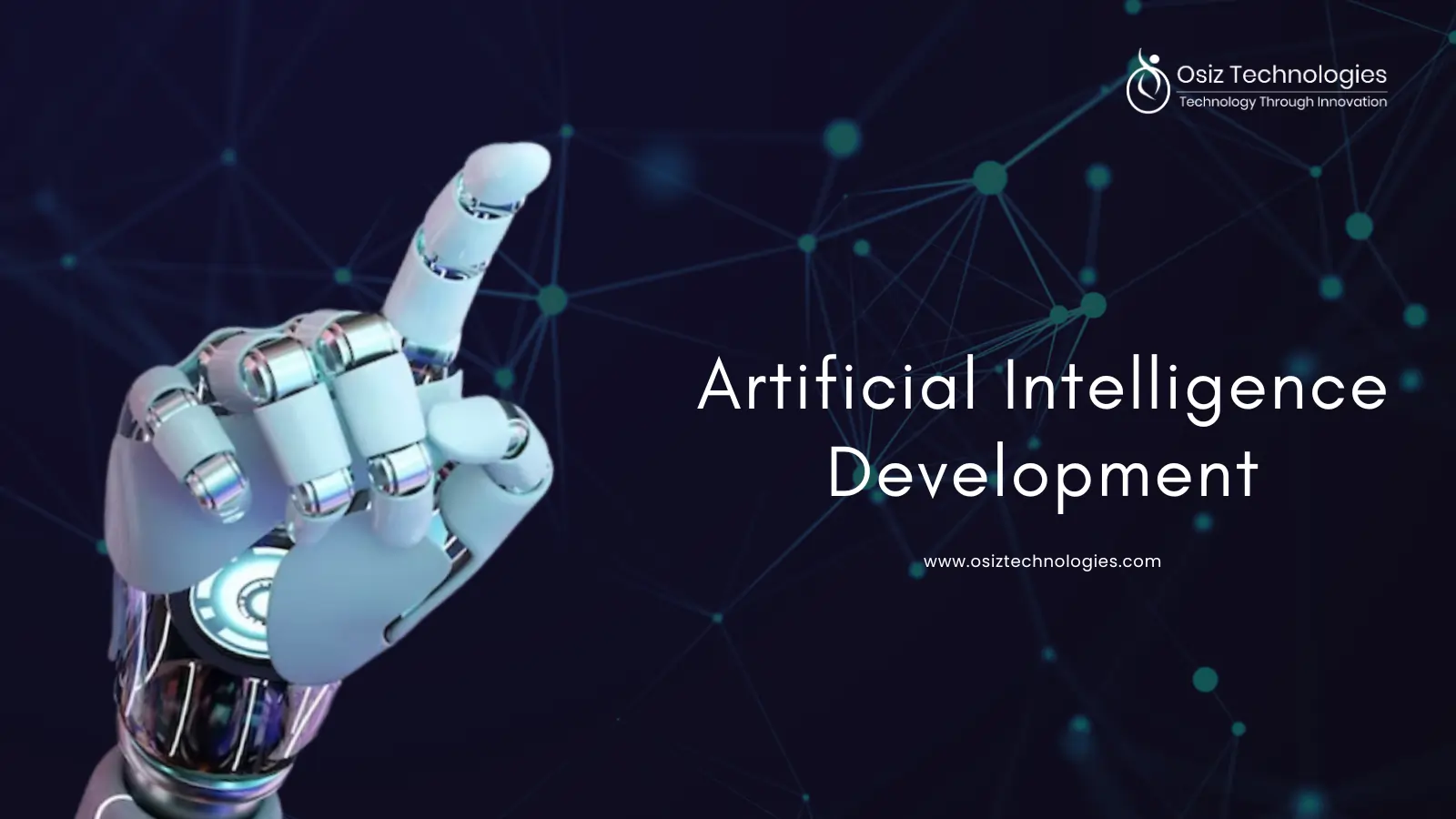The History of AI Regulation in the US across Administrations
Obama Administration
The Obama Administration prepared the ground for the regulation of AI by acknowledging the potentiality of AI to be transformational. Reports like "Preparing for the Future of Artificial Intelligence" in 2016 focused on both the benefits and challenges presented by AI. It inspired open data initiatives for better development of AI but emphasized high standards of ethics and greater transparency. This period became the beginning of federal engagement in AI research, safety issues, and collaboration between the public and private sectors.
Trump Administration
The Trump Administration did much to advance AI development by launching the American AI Initiative in 2019. This executive order maintained the US as a leader in AI by stimulating research and innovation. It had an aspect of reducing barriers to AI innovation while maintaining standards on ethics. Critics mentioned that it lacked concrete guidelines for dealing with risks, such as bias and misuse, which left significant gaps in regulation.
Joe Biden Administration
The Biden Administration has a more proactive approach to regulation, focusing on ethical practices and accountability in AI. The AI Bill of Rights, as well as an executive order on AI safety, further cement the government's commitment to innovation while protecting civil rights. This administration focuses on building trust in AI, including addressing biases, ensuring data privacy, and having equitable benefits from AI by all citizens.
The AI Bill of Rights – Things to Take Care of during AI Development
Effective and Safe Systems
Developers must focus on building AI systems that are reliable, resilient, and secure. Thorough testing and validation processes ensure that AI applications behave as expected even in harsh conditions. The inclusion of feedback loops and continuous monitoring helps address vulnerabilities and makes the system more reliable.
Algorithmic Discrimination
AI systems must be designed not to perpetuate or exacerbate discrimination. Developers should have checks for fairness and audit the AI models to eliminate bias in data or algorithms. The transparency of decision-making processes helps reduce the risks of unfair treatment and builds trust among users.
Data Privacy
Respecting user privacy is extremely important when developing AI. Strong encryption and proper storage methods secure sensitive information. AI systems should ensure that data privacy regulations are followed and, above all, give their users full control over personal information.
Notice and Explanations
Users must know the influence of AI systems on them. Clearly and transparently explaining decisions made by AI increases transparency. Mechanisms must be integrated to inform users that AI plays a role in decision-making and its impact.
Human Alternates
AI must augment human ability, not replace it. Human intervention and oversight must be facilitated in areas where such action is needed. Accountability must be ensured to avoid misuse or unintended impacts.
The Executive Order – 7 Key Actions to Ensure During AI Development
New Norms of AI Safety and Security
The executive order calls out to establish strong standards for safety and security in AI. Developing complete testing, validation, and continuous monitoring must be pursued by developers to meet constantly changing standards and protect themselves from vulnerabilities.
Safeguarding Americans' Privacy
Data privacy is one of the cornerstones of AI regulation. Developers must include rigorous privacy measures, ensuring that user data is collected, processed, and stored responsibly. Compliance with privacy laws protects users and builds trust.
Advancing Civil and Equity Rights
AI systems should advance equity and inclusion. Bias in AI development is averted by addressing potential biases during development, which means fair outcomes are ensured in line with civil rights principles.
Standing up for Patients, Customers, and Students
AI health solutions in consumer services and education need to address ethical concerns. Developers need to ensure that the system is accessible, unbiased, and beneficial for all parties, thereby fostering trust and fair outcomes.
Support for Workers
AI should enhance workers' abilities rather than replace them. Tools should be designed to improve productivity and create skill development opportunities, leading to a collaborative AI-driven workforce.
Effective and Responsible Government Use of AI
Governments must lead by example in adopting AI responsibly. Developers working on government projects should prioritize ethical considerations, transparency, and accountability, ensuring AI serves public interests effectively.
What Businesses Can Do to Prepare for AI Compliance in Software Development
Know the AI Model
Businesses should get inside and out of the head of their AI model. Regular audits and evaluations must ensure that models fall into regulatory standards, ethic rules, and intended functions.
Set the Foundation of AI Adoption
A good grounding when integrating AI is through having a solid investment infrastructure as well as educating their key stakeholders in the context where innovation and ethical principles become appreciated.
Design accountability structure
Accountabilities are part of the structures required in the governance of AI. Clear roles and responsibilities help ensure all stakeholders are on the same page and risks are effectively managed.
Risk Assessments
Comprehensive risk assessments help identify vulnerabilities and are proactive in their mitigation. Businesses must review possible ethical, operational, and technical risks across the development lifecycle.
Communicate
Open communication with stakeholders, users, and regulatory bodies helps build trust. Businesses must provide clear information about the role of AI, impact, and measures taken to ensure compliance and safety.
Final Thoughts
In its current path, the evolution of AI regulation in the US shows more commitment towards innovation with the protection of good practices and protection of societal interest. From ground-level work being done under Obama's administration towards proactive measures during the current Biden administration, the idea has shifted from creating just a framework towards AI governance. The Executive Order combined with the Bill of Rights for AI are clear enough guidelines for how safe, equitable, and responsible AI can be made to appear before the masses.
We believe in Osiz that adhering to such regulatory standards is paramount. With our expertise in ethical AI Development, we enable businesses to innovate responsibly, mitigate risks, and build trust in their AI solutions. Let's together shape a future where technology serves humanity's best interests.
Listen To The Article
Recent Blogs

X-Mas 30%
Offer











